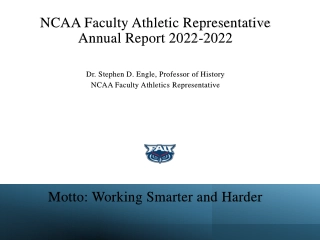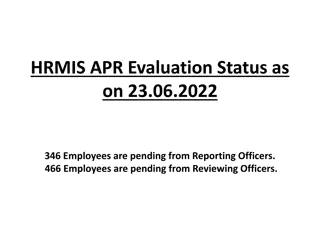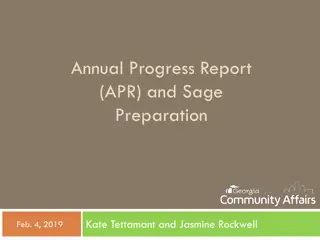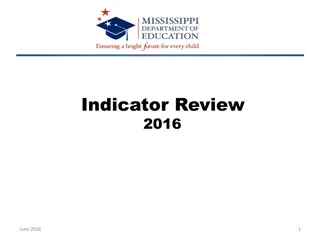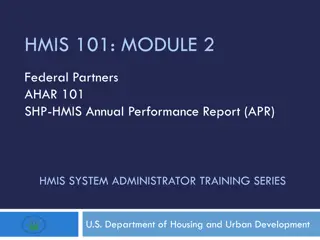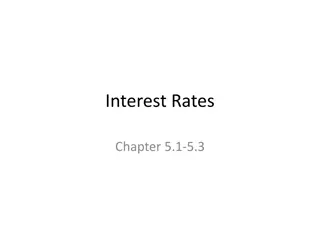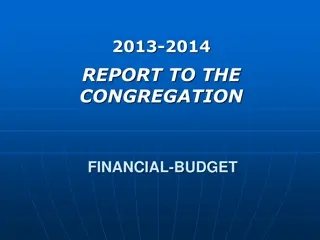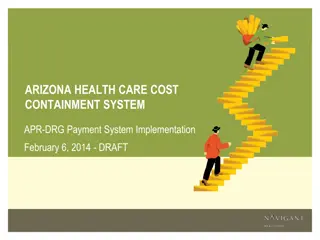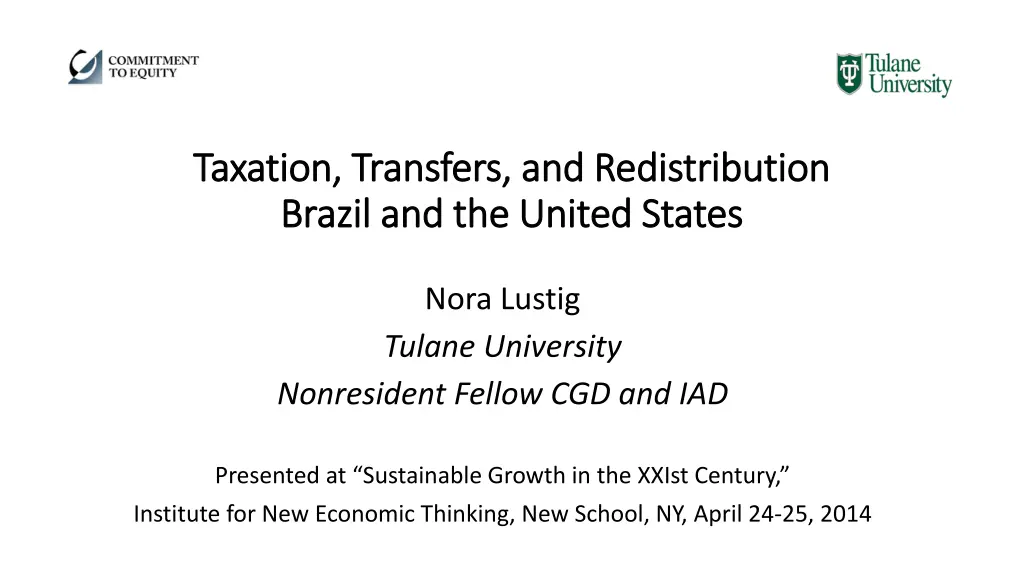
Comparing Taxation, Transfers, and Redistribution in Brazil and the United States - Insights on Inequality and Opportunity
Explore a comparative analysis of taxation, transfers, and redistribution practices in Brazil and the United States, shedding light on income inequality, intergenerational mobility, and opportunities for social equity. Gain valuable insights into how these two countries address economic disparities and societal challenges.
Download Presentation

Please find below an Image/Link to download the presentation.
The content on the website is provided AS IS for your information and personal use only. It may not be sold, licensed, or shared on other websites without obtaining consent from the author. If you encounter any issues during the download, it is possible that the publisher has removed the file from their server.
You are allowed to download the files provided on this website for personal or commercial use, subject to the condition that they are used lawfully. All files are the property of their respective owners.
The content on the website is provided AS IS for your information and personal use only. It may not be sold, licensed, or shared on other websites without obtaining consent from the author.
E N D
Presentation Transcript
Taxation, Transfers, and Redistribution Taxation, Transfers, and Redistribution Brazil and the United States Brazil and the United States Nora Lustig Tulane University Nonresident Fellow CGD and IAD Presented at Sustainable Growth in the XXIst Century, Institute for New Economic Thinking, New School, NY, April 24-25, 2014
Comparing Taxation, Transfers, and Redistribution Comparing Taxation, Transfers, and Redistribution in Brazil and the United States in Brazil and the United States CEQ Working Paper 16 CEQ Working Paper 16 www.commitmentoequity.org www.commitmentoequity.org Sean Higgins Nora Lustig Whitney Ruble Tulane University Timothy Smeeding University of Wisconsin at Madison
Motivation Motivation Two largest economies and most populous countries in Western Hemisphere oLarge racial/ethnic minorities oHigh income inequality and inequality of opportunity oLow intergenerational mobility Both countries have persistently been relatively unequal given their level of development oIn 1989, Brazil was the second most unequal country in the world behind only Sierra Leone (Ferreira, Leite, and Litchfield, 2008) oIn 1985, the United States was the second most unequal OECD country behind only Turkey (OECD, 2011) oUS had similar level of inequality to Brazil today when it had similar level of development: Gini of 0.55 in 1940 (Plotnick et al., 1998) 4
Motivation Motivation (continued) High inequality of opportunity oBrazil among highest of a large sample of countries and US high among developed countries (Brunori, Ferreira, and Peragine 2013) Low intergenerational mobility (Corak, 2011) Possibly converging levels of inequality and mobility oInequality is higher in Brazil than the US o But falling in Brazil (Barros et al., 2010) o and rising in the US (Kenworthy and Smeeding, 2013) o Reasons to believe trends could continue oIntergenerational mobility is lower in Brazil than the US o But rising in Brazil (Ferreira et al. 2013) o and falling in the US (Aaronson and Mazumder, 2008) 5
INEQUALITY INEQUALITY IN THE US AND IN THE US AND BRAZIL,1990 BRAZIL,1990- -2011 2011 6
Government Size In both countries, consolidated government is fairly large Primary spending (total government spending at the federal, state, and local levels minus interest payments) Brazil: 41.4 % of GDP in 2009 US: 38.6 % of GDP in 2011 7
Our Analysis Our Analysis Comprehensive fiscal incidence analysis for the US and Brazil oDirect taxes (individual income tax, payroll taxes, corporate income tax, property taxes) oDirect transfers (cash transfers for poor and elderly, unemployment benefits, food transfers, refundable tax credits) oIndirect taxes (sales and excise taxes) oIndirect subsidies (household energy subsidies) oIn-kind transfers (government-provided health, education, and housing) Multiple data sources o Current Population Survey 2011 o American Community Survey 2011 o National Household Education Survey 2007 o Pesquisa de Or amentos Familiares 2008-2009 o Pesquisa Nacional por Amostra de Domic lios 2008 8
Composition of Revenues The composition of tax revenues differs substantially in the two countries, with the US relying heavily on direct taxes and Brazil relying heavily on consumption taxes. US: direct taxes included in our analysis (individual income, corporate income, and property taxes) account for 11.7 % of GDP and the indirect taxes included (sales and excise taxes on consumption) represent 3.6 % of GDP. Brazil: direct taxes 8.2 % of GDP and consumption taxes 12.9 % of GDP 9
Composition of Spending Brazil spends more as a % of GDP on direct transfers: 4.2 % compared to 3.3 % in the US when pensions are not considered a transfer Difference is even larger if pensions are considered a transfer: 13.2 % of GDP in Brazil and 8.1 % in the US Similar spending on non-tertiary education: 4.1 % of GDP in Brazil vs. 4.2 % in the US Despite Brazil providing free universal healthcare and the US merely subsidizing healthcare for the poor and elderly, the Brazilian government spends 5.2 % of GDP vs. 6.3 % in the US 10
INCOME INEQUALITY BY INCOME CONCEPT IN THE UNITED STATES (2011) AND BRAZIL (2009) Gross Income Final Income Market Income Disposable Incomec Post-Fiscal Income Benchmark case (pensions as market income) United States Ginia Reductionb Brazil Ginia Reductionb 0.448 -- 0.417 -0.030 0.376 -0.071 0.378 -0.069 0.331 -0.116 0.551 -- 0.532 -0.019 0.512 -0.039 0.509 -0.042 0.432 -0.119 12
Sensitivity analysis (pensions as transfer) United States Ginia Reductionb Brazil Ginia Reductionb 0.484 -- 0.416 -0.067 0.372 -0.112 0.374 -0.110 0.325 -0.158 0.570 -- 0.532 -0.039 0.512 -0.058 0.509 -0.061 0.431 -0.139 13
Definitions of Progressivity for Transfers Definitions of Progressivity for Transfers Source: adapted from Lustig and Higgins (2013) 14
Direct Taxes and Transfers Direct Taxes and Transfers Direct taxes and transfers reduce inequality by o7.2 percentage points in US (11.2 with contributory pensions as transfers) o3.8 percentage points in Brazil (5.8 with contributory pensions as transfers) Change between Market and Disposable Income Ginis United States Luxembourg Netherlands Germany Denmark Portugal Belgium Sweden Finland Greece Austria Ireland France Brazil Spain Italy UK 0 -0.02 Source: authors calculations for Brazil and US; Immervoll et al. (2009) for Europe -0.04 -0.06 -0.08 -0.1 -0.12 -0.14 -0.16 -0.18 15
Direct Taxes and Transfers Direct Taxes and Transfers Underutilized individual income tax in Brazil o2.1% of GDP, compared to 8.2% in US Less progressive direct taxes in Brazil (regardless of size) oKakwani of 0.194 in the US compared to 0.122 in Brazil Brazil s well-targeted programs are small: oBolsa Fam lia (conditional cash transfers) oBeneficio de Presta o Continuada (non-contributory pensions) oPrograma de Aquisi o de Alimentos Leite (milk transfers) make up less than 1% of GDP combined! Food stamps in US increase incomes of bottom decile (in %) more than any transfer program in Brazil 16
Indirect Taxes Indirect Taxes Large but only slightly regressive in Brazil Smaller but much more regressive in US Brazil US 17
Household Energy Subsidies Household Energy Subsidies Targeted to low-income families Progressive in absolute terms in both countries oConcentration coefficient of -0.73 in US, -0.33 in Brazil But very small programs oIncrease incomes of poorest decile by only around 1% in both countries 18
In In- -kind Transfers kind Transfers An important part of redistribution in both countries US: Gini reduced from 0.45 (market income) to 0.33 (final income) o5.2 percentage points due to spending on non-tertiary education, health, and housing oHealth: Medicaid is highly progressive in absolute terms (CC = -0.51) oBrazil: Gini reduced from 0.55 (market income) to 0.43 (final income) o7.7 percentage points due to spending on non-tertiary education and health oAll three types of public health spending analyzed o Preventative care o Basic care o Inpatient care are progressive in absolute terms 19
Education Education Spending on public preschool is particularly progressive oHead Start has a concentration coefficient of -0.68 in US oPublic preschool has concentration coefficient of -0.30 in Brazil Tertiary education oNot possible to determine beneficiaries in US, so excluded for both countries oWhen included for Brazil, tertiary education spending almost neutral; overall education spending still progressive in absolute terms Concentration Coefficients of Education Spending in Latin America 0.50 Sources: Argentina: Lustig and Pessino (2013) Bolivia: Paz Arauco et al. (2013) Brazil: Higgins and Pereira (2013) Mexico: Scott (2013) Peru: Jaramillo (2013) Uruguay: Bucheli et al. (2013) Pre-school 0.00 Primary Secondary Tertiary -0.50 Total Argentina Bolivia Brazil Mexico Peru Uruguay 20


